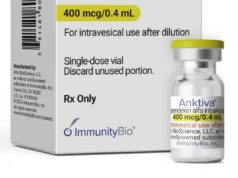There is no doubt that 2020 is a significant year for payers — health insurers are generating strong profits because patients have deferred elective procedures in light of the Covid-19 pandemic. But this situation won’t continue indefinitely. It’s vital for payers to integrate rewards programs into their plan benefits to address rising healthcare spending in the long term.
Although health insurers have retooled plan designs to include higher deductibles and cost sharing by consumers, they need to do more. The cost variation inherent in the healthcare system needs to be revealed.
In November last year, CMS proposed a rule requiring health plans and self-insured groups to share personalized, out-of-pocket cost information with members. If it were passed, the rule would spur health plans to use financial incentives to generate cost savings for members by crediting savings from incentives programs toward a plan’s medical loss ratio.
If they allocate time and resources to the task, health plans can benefit from financial incentive programs, particularly the transparency they would provide for consumers to make more informed decisions about their healthcare needs. They not only have the potential to dramatically influence consumer decision-making, encouraging the use of cost-effective care options. They could also increase satisfaction with employers and health plans.
Total consumer out-of-pocket spending grew 2.6% in 2017, which is 10% of the total health spend of $365.5 billion.
Download this new report from HealthSparq, which includes a consumer survey, to learn more.
Picture: Feodora Chiosea, Getty Images








